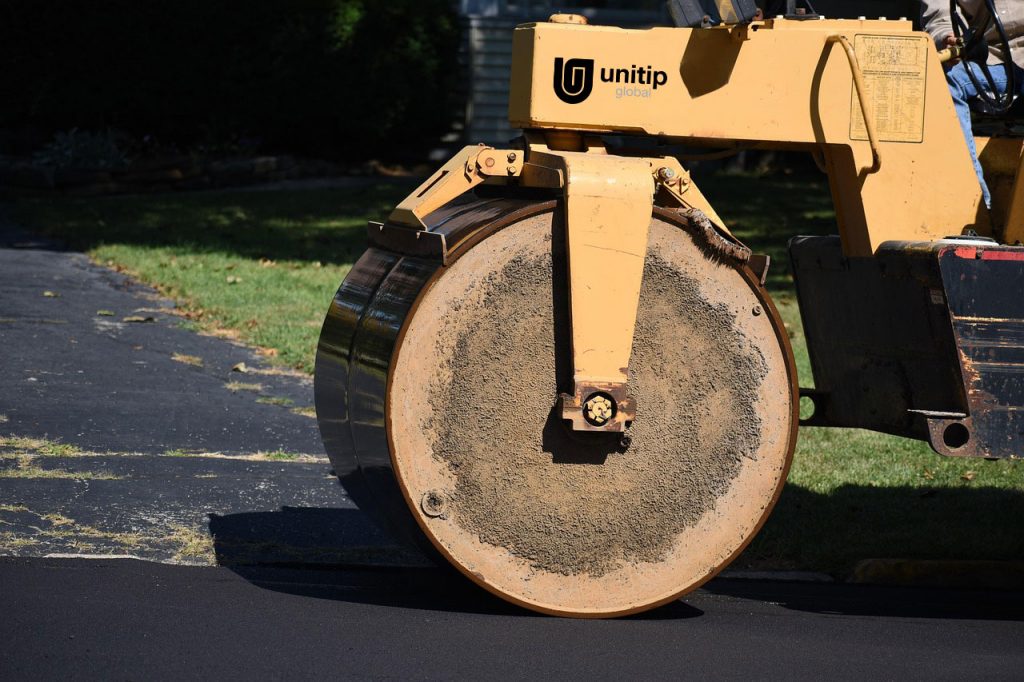In recent years, Romania has made notable progress in road and highway construction, but the quality of the work is often questioned, especially after the first cold or rainy season reveals cracks, potholes or subsidence. In this context, the question arises: are the new roads really built to withstand extreme weather conditions?
What materials are used in road construction in Romania? What types of asphalt and base layers are used to ensure the strength and durability of the road infrastructure? And, most importantly, do the builders comply with European standards or are there deviations that affect the quality of the work?
Is it entirely the builder's fault for the early deterioration of the roads?
These questions are essential to understand the current state of the country's road network. In recent years, Romania has made significant progress in the development of road infrastructure, and we, as builders, are constantly striving to deliver modern and sustainable roads. However, public perception of the quality of the works is often influenced by the problems that arise after the first cold or rainy season, when cracks, potholes or subsidence become visible.
But is this situation caused solely by the way the work was carried out, or are there other factors such as maintenance, heavy traffic or extreme weather conditions?
As a company specialized in road and bridge construction, we ensure that we use quality materials, compliant with European standards. In Romania, roads are built through a carefully chosen combination of asphalt layers and solid foundations:
The foundation layer – ensures the durability of the road.
Base layer – takes the load from traffic and distributes pressure
Bonding layer – provides stability and protects the layers below
Wear layer – ensures grip and resistance to traffic
All of these elements are essential for building a reliable infrastructure. But is using quality materials enough to guarantee the longevity of roads?
European regulations set clear requirements for road construction, and we align ourselves with these regulations, and we are convinced that other builders do the same. However, execution according to standards is not the only factor that influences the durability of a road. Sometimes, rapid degradation is caused by:
Poor maintenance – Lack of regular repairs and an efficient drainage system can lead to water infiltration, accelerating asphalt degradation.
Loads greater than those designed – Excessive heavy traffic on roads not adapted for such loads leads to subsidence and cracks.
Extreme climatic variations – Freeze-thaw cycles affect the structure of roads, especially in the absence of appropriate protective measures.
So, what is the main factor leading to early road degradation?
Water!
Its infiltration compromises the road structure and accelerates deterioration. When water penetrates the lower layers of the road structure, it compromises the stability and strength of the foundation, leading to a number of serious structural problems:
Weakening of the bearing capacity of the foundation
Freeze-thaw effect
Internal erosion and material migration
Can the lifespan of roads be extended?
Yes!
To prevent the problems mentioned in the lines above, the following can be implemented:
Efficient drainage systems
Use of foundation materials with controlled permeability
Applying protective layers
Soil stabilization and proper compaction
Periodic maintenance of the road surface by repairing cracks and potholes before they affect the strength structure
The construction of a quality road requires not only the use of the best materials and compliance with the norms, but also proper maintenance after the completion of the work. Therefore, in addition to the responsibility of the builders, it is essential that the authorities and road administrators also implement effective maintenance and repair programs. Only through real collaboration between builders, authorities and users can we have sustainable roads, adapted to current requirements.
/
